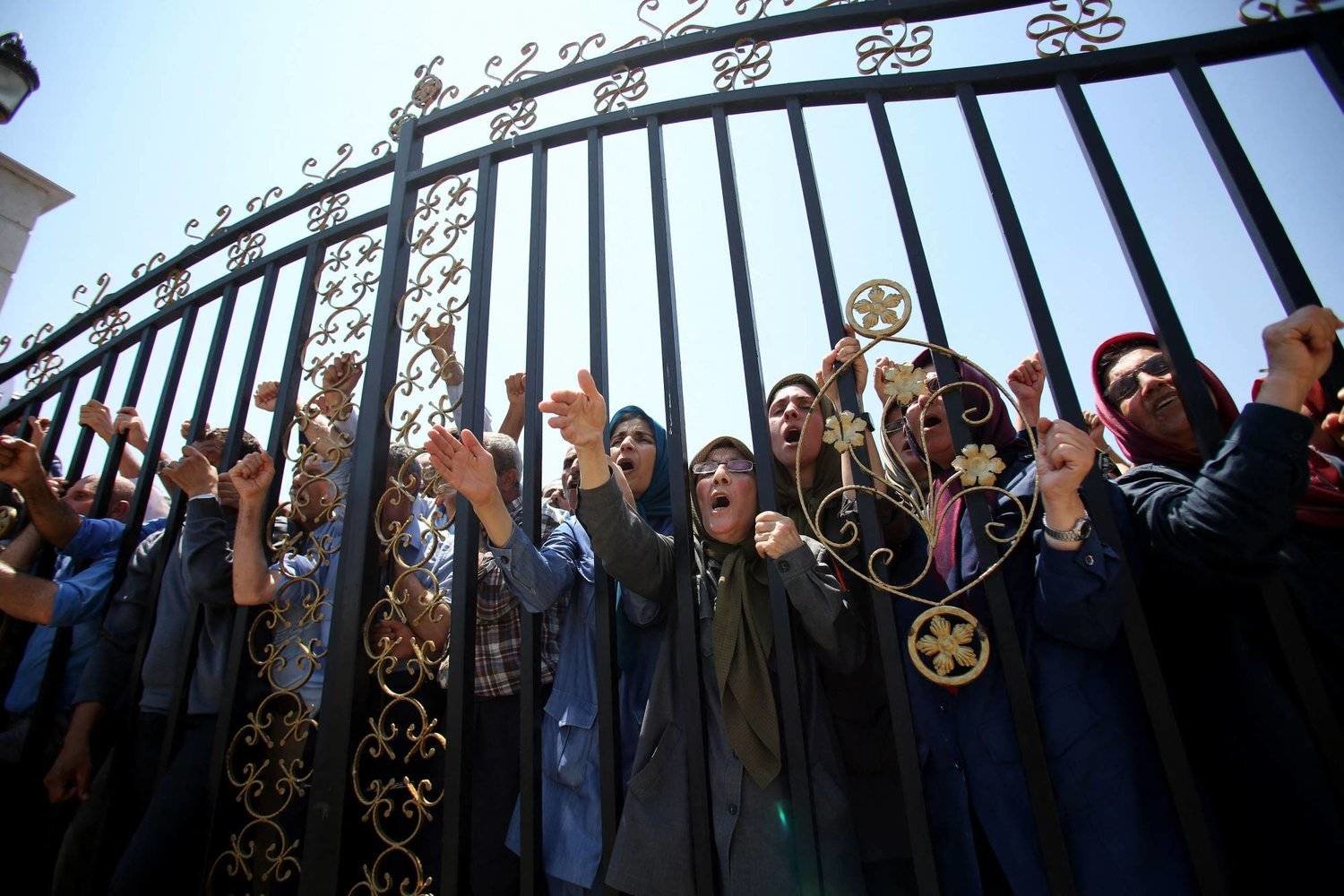
26 June signifies the International Day in Support of Victims of Torture. Torture and abuse of members is a routine measure within destructive cults in order to repress dissidents and terrorize potential defectors. The Mojahedin-e Khalq Organization (MEK/MEK), is an Iranian terrorist cult which, according to valid international documents, has resorted to torture both against its own members and ordinary people opposing it.
One of the main reports on the MeK’s records in torturing its members has been released by Human Rights Watch in 2005. In May that year, Human Rights Watch issued a report on human rights abuses committed by the MeK against its incarcerated members inside its military camps in Iraq from 1991 to February 2003, prior to the fall of Saddam Hussein’s government.
As reported by the witnesses interviewed for that report, the MEK transferred scores of dissident members from MEK detention into Iraqi custody. Iraqi authorities then incarcerated the men in Abu Ghraib prison. Five of the twelve individuals interviewed by Human Rights Watch said they ended up in Abu Ghraib as a result of such transfers, and they told Human Rights Watch that former MEK members were being held there when they arrived.
In October 2005 Human Rights Watch researchers met in person with all twelve witnesses quoted in the No Exit report in Germany and the Netherlands, where the witnesses now live. All of the witnesses recounted in extensive detail their experiences inside the MEK camps of how MEK officials subjected them to various forms of physical and psychological abuses once they made known their wishes to leave the organization.
In his testimony in October 2005, Sobhani told Human Rights Watch that MEK officials held him continuously in solitary confinement from September 1992 until February 1998 inside Camp Ashraf, a period of five-and-a-half years. He said that in February 1998 the MEK leadership offered to transfer him to a better location and then to facilitate his transfer to Europe, where his daughter was living. Subsequently, the MEK moved Sobhani to another MEK camp near Baghdad, called Camp Parsian. He said he stayed there until June 1999, under circumstances that he described as “house arrest.” In June 1999, during a visit to Baghdad, he escaped and attempted to reach the United Nations office there. He was captured by the Iraqi police and turned over to MEK officials. From June 1999 until January 2001, Sobhani said, the MEK again held him in a prison inside Camp Ashraf, once again in solitary confinement. In January 2001, the MEK transferred Sobhani to Iraqi custody. The Iraqi authorities imprisoned him in Abu Ghraib until January 21, 2002.
Another major report in this regard was released by the Rand Corporation in 2009. Titled as The Mujahedin-e Khalq in Iraq: A Policy Conundrum, the report revealed that up to 70 percent of the group’s members there might have been held against their will. Jeremiah Goulka, author of the RAND report, told MintPress, “At the MKO camps, there’s a whole set of practices that are all textbook out of cult theory – sleep deprivation, make-work projects… forced celibacy, forced divorce, [and] gender segregation.”
According to the Rand’s report, relatives and former spouses were placed in different compounds and were not allowed to see each other:
“Men and women are kept strictly apart in MeK camps. Housing is segregated by gender, and in other buildings, lines are painted down the middle of hallways, separating them into men’s and women’s sides. Men and women below the leadership level are prohibited from contact with one another unless they have obtained official case-by-case permission.”
Based on the report, to enforce a new “military” discipline, rank-and-file members of the MeK were instructed not just to move into gender-segregated housing but also to divorce their spouses, maintain complete celibacy, and even cut off communication with friends and family, both within and beyond MeK compounds:
“Close friendships are considered ‘liberal relations’ and are strictly forbidden. Members may freely communicate only with their unit commanders, and a commander’s permission was required for any other type of communication. Informants monitor conversations among members. In many cases, MeK members’ families in Iran have been told that their relatives had died or been killed.”
What mentioned above, was only part of the facts affirmed by international entities about the MeK’s records in torturing its dissident members. One can reach to further facts in this regard both in the works of independent journalists such as Elizabeth Rubin of The New York Times and Mortaza Hussain and Mathew Cole of The Intercept, and in remarks made by the MeK defectors such as Masoud Banisadr.
